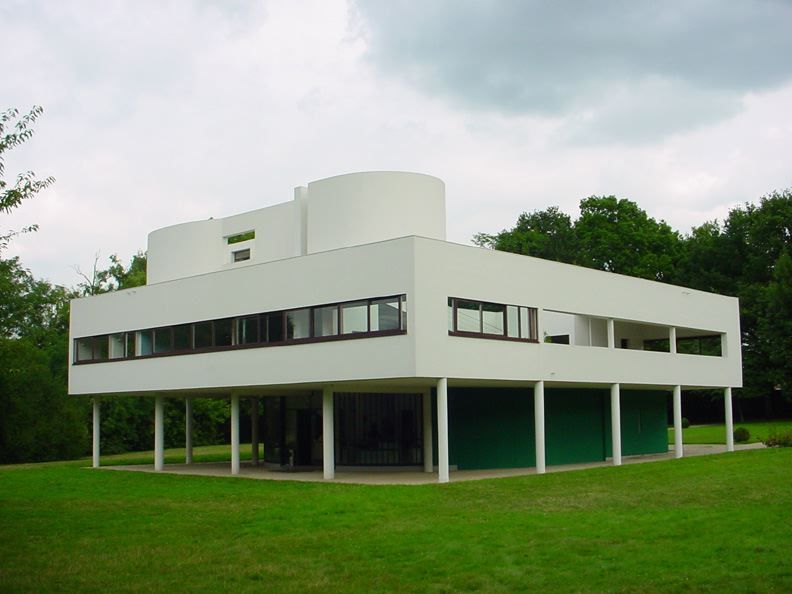In 1978 the World Heritage Committee converged to name 12 locations as the first class of UNESCO World Heritage Sites – destinations of ‘outstanding value to humanity’ for their architectural ingenuity or natural wonder.
Designated heritage sites must meet one of a list of ten criteria, ranging from representing a masterpiece of human creative genius to preserving a unique cultural tradition.
To date, UNESCO has saved ancient monuments from rising waters, restored architecturally significant sites and safeguarded ecosystems and historic buildings alike. Here, we explore seven of the organisation’s underappreciated World Heritage Sites on its 75th anniversary.
Lunenburg, Canada

The brightly coloured wooden buildings of this Nova Scotia port town are a legacy of the British colonial settlement established here in 1753. Much of the original grid pattern layout of Old Town Lunenburg has been preserved, together with the architecture.
Key features of the site – which has buildings that date back to the 18th century – include a five-sided dormer known as a ‘Lunenburg bump’. The historic spirit of the town survives, with tall ships still moored in the port, and the streets still ringing with the sound of a smith’s hammer.
Kinderdijk in The Netherlands

A complex of dykes, reservoirs, pumping stations, and no less than 19 windmills earned Kinderdijk its spot on the World Heritage List. UNESCO describes the site as evidence of ‘the centuries-long battles of the Dutch people to drain parts of their territory, with all of the village lying below sea level.
Works began in the Middle Ages and have continued until the present day, with various types of windmills preserved. According to UNESCO, Kinderdijk’s drainage system is one of a kind – and not just because of its historic significance. The organisation also compliments the Kinderdijk for its juxtaposition of vertical mills and horizontal canals, dikes and fields, creating a striking visual rhythm for visitors.
The Valley of the Temples in Sicily, Italy

Archaeological treasures await in Sicily’s Agrigento, which was once a major destination of the ancient Mediterranean world. The remains of several Doric temples are dotted across the hilltop city, including the Temple of Concordia – which is perhaps the best-preserved – and the temple of Juno, which still has traces of fire from when it was destroyed by the Carthaginians. Elsewhere, gigantic atlas statues lie toppled on the ground. A relatively small amount of the city has been excavated, meaning Agrigento’s fields and orchards tantalisingly still hide remnants of the ancient site.
Villa Savoye, France

Located in Poissy, on the outskirts of Paris, Villa Savoye is a relative newcomer to UNESCO’s World Heritage list, added in 2016 along with 16 other projects by Le Corbusier. The house, which was completed in 1929, is described by the organisation as an icon of the modern movement.
Slender pillars support the property’s top-heavy level, which is wrapped in ribbon windows that inspired the villa’s nickname – Les Heures Claire, or, bright times. Curving ramps lead up to Villa Savoye’s rooftop terrace which includes a hanging garden and solarium.
Convent of La Tourette, France

Another Le Corbusier design was added to the list in 2016, this Dominican monastery was the architect’s final building project in France. He completed it in 1960, after being briefed by friar Marie-Alain Couturier to create ‘a silent dwelling for one hundred bodies and one hundred hearts’.
The priory is located on a hillside in Eveux-sur-Arbresle, near Lyon, where its brutalist architecture cuts a striking figure against the grass. It’s far from traditional ideas of holy spaces, comprising four rectangular concrete volumes, and three wings – supported by the pilotis Le Corbusier loved – which encompass the monks’ living quarters as well as a library and church.
Author Stefi Orazi documented her stay in her latest book on modernist travel experiences. Read more.
Itsukushima Shrine, Japan

This Shinto shrine on Miyajima has been a holy place for hundreds of years, possibly dating back to the 6th century. Its orange Torii gate stands in the Seto Inland sea which laps at the edges of the island as well as the posts of the 12th-century temple buildings.
Itsukushima Shrine sits between the water and the forested slope of Mount Misen, earning it the accolade of one of the Three Views of Japan. UNESCO has praised it for its beautiful location as well as the artistic and technical achievement of the shrine buildings.
Church of Atlántida, Uruguay

South America’s rich with natural UNESCO heritage sites, from rainforests to mountains, islands and glaciers, no less architecture sites. In 2021, Uruguay’s modernist marvel, the Church of Atlántida was added to the list, designed by engineer Eladio Dieste.
The pioneering structure uses reinforced, exposed brick and has an undulating roof and walls that appear to defy gravity. Its cylindrical bell tower rises the height of the main facade, with exposed brick masonry and a spiral staircase ascending to the top of the belfry, and an underground baptistery below the structure.
Says UNESCO: ‘The property is an emblematic example of the application of a new building technique, reinforced ceramic, which Dieste developed by drawing on a thousand-year long tradition of brick construction, while applying modern scientific and technological knowledge, and thus opening up new structural and expressive possibilities for architecture.’
Moreover, the building – located in rural Estación Atlántida, 45 km away from Montevideo – straddles old and new traditions and was built entirely by local people.
Explore more UNESCO World Heritage Sites across the globe, from Agra to Zanzibar.























